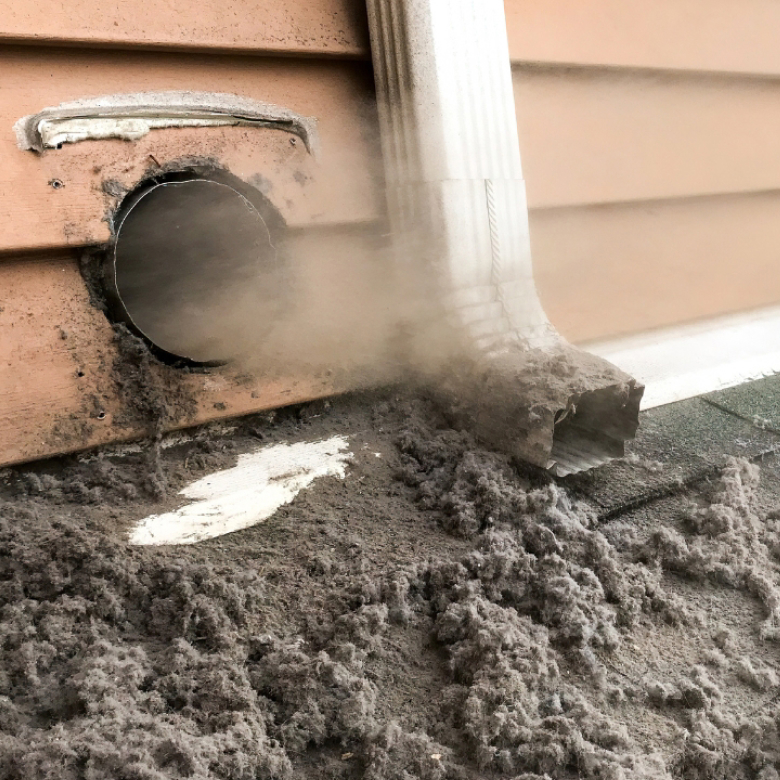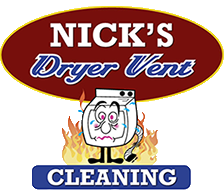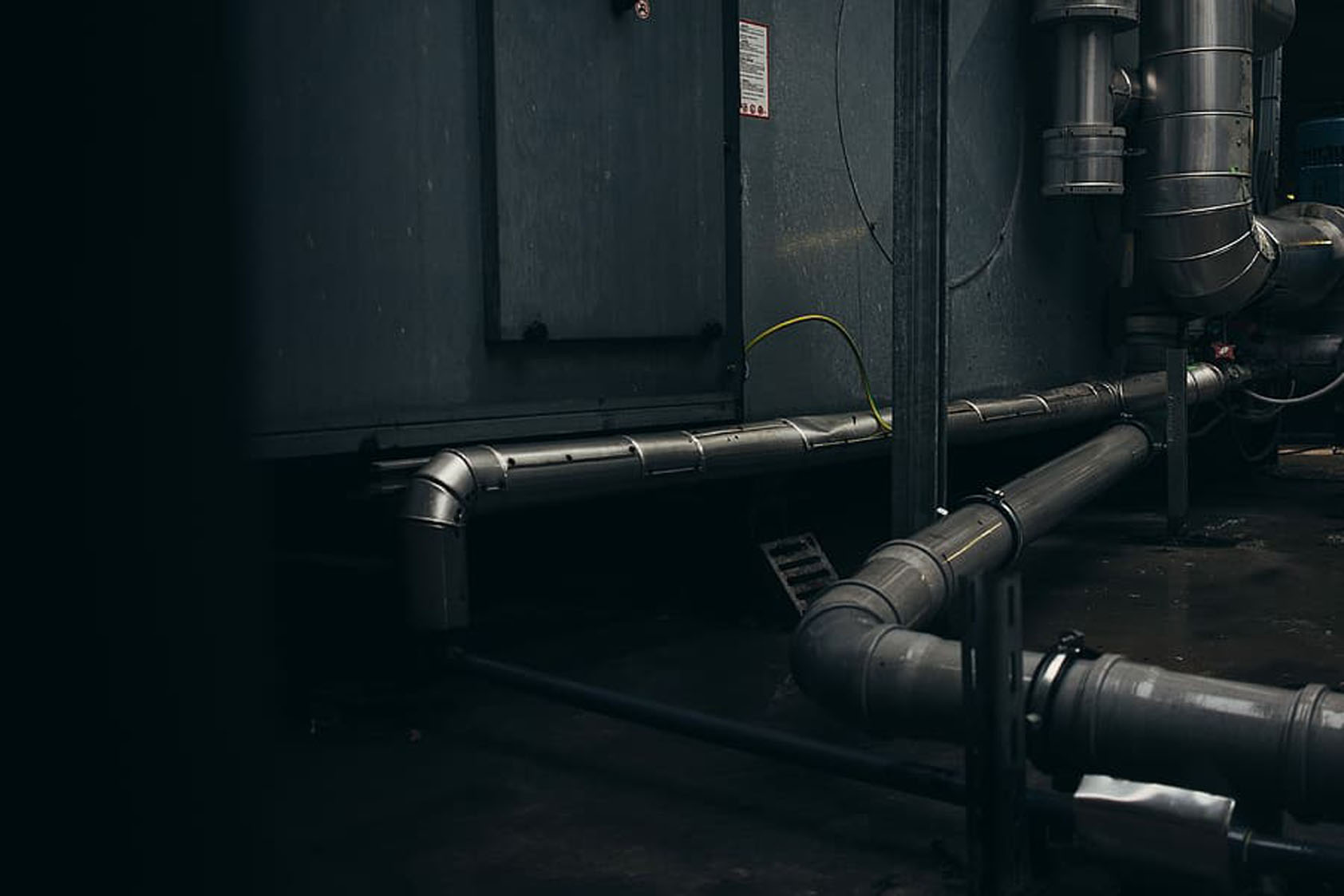
Dryer fires are a serious but often overlooked home safety risk. Every year, thousands of households face property damage caused by dryer fires, usually triggered by lint buildup, blocked vents, faulty wiring, or poor dryer maintenance. Many of these accidents are preventable with proper precautions and regular dryer care. Knowing the common causes of dryer fires and how to prevent them can protect your home, family, and valuable belongings.
Proper dryer maintenance goes beyond just emptying the lint trap. It includes cleaning dryer vents, inspecting electrical cords, checking the exhaust system, and ensuring the appliance is in safe working condition. Homeowners in Fallbrook, CA can benefit from professional dryer fire prevention services in Fallbrook, CA to ensure their appliances are safe and well-maintained. Taking these simple, consistent steps can significantly reduce the risk of a dryer fire. This guide provides essential homeowner tips and practical advice for preventing dryer fires and keeping your home safe.
What Causes Dryer Fires in the First Place?
Most dryer fires start from simple maintenance issues that build up over time. Understanding what causes them helps you spot problems early and keep your dryer running safely.
Common Causes Include
- Lint buildup inside the lint trap or vent that blocks airflow
- Clogged or crushed dryer ducts that trap heat
- Overloading the dryer, which strains the motor and wiring
- Using dryers with damaged cords or faulty electrical parts
- Failing to clean or inspect the dryer regularly
Simple Steps to Keep Your Dryer Safe
Dryers are convenient, but they can become a serious fire hazard if not cared for properly. Taking a few simple steps every week or month can prevent lint buildup, electrical issues, and other common problems that increase the risk of a fire. Being mindful of how you use and maintain your dryer is the best way to keep your home and family safe.
Safety doesn’t require complicated routines or expensive tools. Small, consistent actions, like checking vents, inspecting cords, and keeping the area around your dryer clear, can make a big difference. You can also rely on professional dryer fire prevention services for added safety and expert guidance. The tips below cover practical ways to reduce fire risk and ensure your dryer operates safely and efficiently.
1. Clean the Lint Trap After Every Load
Why It Matters
Lint builds up fast and blocks airflow, making your dryer work harder. This extra heat can damage parts and increase fire risk. Cleaning the lint trap after each load keeps your dryer running safely and efficiently.
Pro Tips
- Wipe off the lint screen with a soft cloth before and after drying.
- Rinse the screen with warm water every few weeks to remove residue.
- Check the slot where the lint trap sits for hidden buildup.
- Never use the dryer without the lint screen in place.
2. Get Your Dryer Vent Professionally Cleaned Regularly
How Often Should You Clean It?
Most dryers need a deep vent cleaning at least once a year. Homes that do a lot of laundry or have long vent runs may need it every six months. Regular cleaning keeps air flowing freely and helps your dryer run more efficiently. It also cuts down on energy use and fire risk. For added safety and thorough maintenance, many homeowners rely on expert dryer fire prevention services in Fallbrook, CA to ensure vents and ducts are properly cleaned and functioning.
Benefits of Cleaning
- Removes hidden lint buildup that regular cleaning can’t reach.
- Improves drying speed and reduces wear on the machine.
- Lowers energy bills by helping the dryer work more efficiently.
- Reduces the chance of overheating and prevents potential fires.
3. Check the Exterior Dryer Vent for Blockages
What to Look For
- Lint or dust collecting around the outside vent cover.
- A vent flap that doesn’t open smoothly when the dryer is on.
- Signs of birds, insects, or small animals nesting inside the vent.
- Warm or moist air blowing back into the laundry room instead of outside.
- A musty smell, burning odor, or longer drying times that signal poor airflow.
Weather Tip
Outdoor vents can easily get blocked during certain seasons. In winter, freezing air or snow can cause the flap to stick shut, while in summer or fall, leaves and dirt can collect around it. Check the vent regularly throughout the year to keep airflow steady. Make sure the vent cover stays clean, clear, and moving freely to prevent overheating and moisture buildup inside the dryer.
4. Use the Right Type of Dryer Vent Duct
Avoid This
- Plastic or vinyl ducts that can melt or catch fire easily.
- Flexible foil ducts that trap lint and restrict airflow.
- Old or crushed ducts that make it hard for hot air to escape.
- Long vent runs with too many bends or turns.
- Tape or plastic connectors that loosen over time.
Use This
- A rigid metal vent duct made of aluminum or steel.
- Short, straight vent runs with smooth interior walls.
- Metal clamps or heat-resistant connectors for secure fitting.
- Properly sealed joints that don’t let lint or heat escape.
- A vent path that leads directly outside for best airflow.
5. Don’t Overload the Dryer Drum
Why Overloading is Risky
- Clothes can block airflow and trap heat inside the drum.
- The motor and heating element work harder, wearing out faster.
- Lint builds up quicker because of poor air circulation.
- Heavy loads can strain belts and bearings, leading to breakdowns.
- Extra heat from overloaded cycles increases the chance of a fire.
Safe Tip
Leave enough space for clothes to tumble freely. The drum should be about two-thirds full at most. If you have bulky items like blankets or towels, dry them in smaller loads. This helps the dryer work efficiently and stay safe from overheating. For added guidance, you can take expert advice from Oceanside Air Duct Cleaning to make sure your dryer is operating safely and efficiently.
6. Never Run the Dryer When You’re Asleep or Away
Fire Could Start Without You Knowing
A dryer fire can start quietly and spread fast, especially if lint or wiring issues go unnoticed. Running the dryer while asleep or away means no one can react in time if something goes wrong. Even small sparks can turn dangerous within minutes. Always use the dryer when you’re home and awake, so you can stop it quickly if you smell smoke or see signs of trouble.
7. Keep the Area Around the Dryer Clean and Clear
Remove These
- Piles of laundry or clothes left on the floor, which can easily catch fire.
- Cardboard boxes, paper, or packaging materials stored nearby.
- Cleaning supplies, chemicals, or aerosols that could ignite if exposed to heat.
- Any flammable items such as rags, curtains, or plastic products near the dryer.
Safety Radius
Keep at least three feet of open space around your dryer to allow heat to escape safely. Avoid placing items on top of the dryer, and make sure nothing blocks the vent or airflow. A clear area makes it easier to notice smoke, sparks, or unusual heat from the machine. Regularly checking and tidying this space reduces fire risk and ensures the dryer operates efficiently. Maintaining this safety radius is a simple step that protects your home, appliances, and family.
8. Watch for Early Warning Signs of a Clogged Vent
Don’t Ignore These Clues
- Clothes taking longer than usual to dry.
- Dryer feels unusually hot to the touch during operation.
- Lint accumulating quickly in the lint trap or around the vent.
- A musty or burning smell coming from the dryer or vent.
- The dryer shutting off unexpectedly or making strange noises.
- Airflow from the exterior vent feels weak or restricted.
9. Have a Professional Dryer Inspection Annually
A professional can
A professional can spot hidden issues that are easy to miss, like worn wiring or internal lint buildup. Oceanside Airduct Cleaning dryer fire prevention services in Fallbrook, CA can clean vents thoroughly, ensure proper airflow, and reduce fire risk. A technician can check the heating element, motor, and other parts for signs of wear or damage. Regular inspections help your dryer run efficiently and extend its lifespan. Catching problems early can prevent costly repairs and potential fires.
10. Create a Seasonal Dryer Maintenance Schedule
Your Yearly Checklist
- Clean the lint trap after every load.
- Inspect and clean the dryer vent and ductwork.
- Check the exterior vent for blockages or damage.
- Examine the power cord, plug, and electrical connections.
- Wipe down the drum and interior surfaces to remove residue.
- Schedule a professional vent cleaning and inspection.
- Make sure the area around the dryer is clear and free of flammable items.
BONUS: How Preventing Dryer Fires Saves You Money
Cost-Saving Benefits
- Reduces the risk of costly home repairs from fire damage.
- Lowers energy bills by keeping the dryer running efficiently.
- Extends the lifespan of your dryer, delaying replacement costs.
- Avoids expensive professional repairs caused by neglected maintenance.
- Minimizes the need for emergency services or insurance claims.
- Prevents damage to clothing and other personal belongings.
Dryer Fire Facts
- Over 2,900 dryer fires are reported in U.S. homes each year.
- These fires result in approximately $35 million in property damage annually.
- About 34% of dryer fires happen because vents are not cleaned properly.
Source: U.S. Fire Administration
Final Thoughts on Dryer Fire Safety
Preventing dryer fires is largely about consistent care and attention. Small, regular actions like cleaning the lint trap after every load, inspecting vents, and keeping the area around the dryer clear can significantly reduce fire risks. Using the correct vent materials, avoiding overloading, and having an inspection through Oceanside Airduct Cleaning dryer fire prevention services add extra layers of safety. Being mindful of how you use your dryer ensures it runs efficiently and reduces the chance of unexpected problems.
Taking these precautions not only protects your home and family but also saves money and avoids stress from potential damage or repairs. Following a seasonal maintenance schedule, watching for early warning signs, and addressing issues promptly keeps your dryer in top condition. A few minutes of care each week can prevent major disasters, making your laundry routine safer and giving you peace of mind throughout the year.
Frequently Asked Questions
1. How do I know if my dryer vent is properly installed?
A properly installed vent should be straight, short, and made of metal. Check that the exterior vent flap opens freely and airflow is strong.
2. Is it safe to run the dryer overnight?
No. Running the dryer when you’re asleep or away increases the risk of undetected fires. Always operate it while you are awake and nearby.
3. How can I reduce lint buildup beyond cleaning the trap?
Clean the ductwork, check the slot where the lint trap sits, and occasionally vacuum around the dryer’s interior to remove hidden lint.
4. Can your services detect hidden dryer problems?
Yes. Our experts can spot issues like worn wiring, blocked ducts, or internal lint buildup that homeowners might miss.
5. How often should I schedule dryer fire prevention services?
For most homes, an annual service is recommended. Homes with heavy laundry use or long vent runs may benefit from semi-annual visits.
6. What do Oceanside Airduct Cleaning dryer fire prevention services in Fallbrook, CA include?
Our services include a full inspection of your dryer, deep vent cleaning, checking electrical components, and ensuring proper airflow to reduce fire risks.
7. How can I schedule dryer fire prevention services?
You can schedule a service by calling our office, sending an email, or filling out the contact form on our website.





